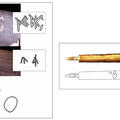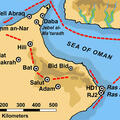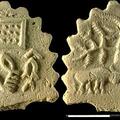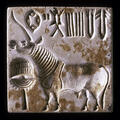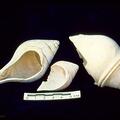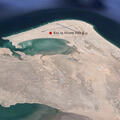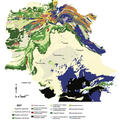Painted Indus Script on Ceramics and Steatite: New Insights on Indus Script Calligraphy and Function
A careful look at one of the least studied forms of Indus writing. "The painting of script on pottery. Painting script requires a specially prepared brush that could have been the same as that used for decorating pottery, but would have been selected to have the appropriate size and shape for the size of the script being painted."

